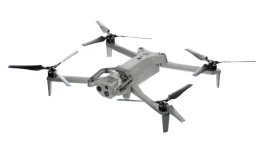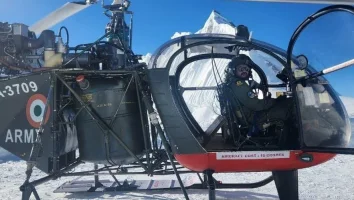- Views: 2K
- Replies: 5

Colonel Prashant Thakur of the Indian Army Air Defence has developed a groundbreaking AI system called NABH AI (Next Generation Aircraft Recognition for Bharat by Harnessing Artificial Intelligence) designed to prevent friendly fire incidents. This innovative system accurately identifies aircraft within seconds, addressing a critical challenge that has plagued militaries worldwide.
NABH AI works by capturing images of aircraft and feeding them into an advanced AI program trained on a vast database of aircraft models. The program analyzes the image and identifies the specific aircraft within 6-8 seconds with 80% accuracy. This rapid and accurate identification is crucial in the heat of battle, where split-second decisions can have life-or-death consequences.
The need for such a system is underscored by the numerous friendly fire incidents that have occurred throughout history, including a tragic incident in 2019 where the Indian Air Force accidentally shot down its own Mi-17V5 helicopter. The ongoing Russia-Ukraine war has further highlighted the devastating consequences of misidentification, with losses exceeding $1.77 billion due to friendly fire.
Colonel Thakur recognized the urgent need for a solution, particularly with the increasing use of UAVs, which pose significant identification challenges. He spent a year developing NABH AI, creating an image database and training the AI program to process and identify aircraft models quickly and accurately.
Initially intended for the Army Air Defence (AAD), NABH AI is poised to revolutionize air defence operations. The technology is being further developed for integration with various anti-aircraft gun systems, including the Zi-23mm, Zu-23mm, and upgraded L-70-gun systems. This will provide gunners with real-time aircraft identification, minimizing the risk of misidentification and friendly fire.
Colonel Thakur's innovation has been recognized at the Inno-Yoddha 2024-25 event, where NABH AI was included among the top 10 innovations. He was also awarded a cash prize by the Chief of Army Staff. This recognition highlights the significance of NABH AI in enhancing the safety and effectiveness of military operations.
By providing a reliable solution to prevent friendly fire incidents, NABH AI is a testament to the Indian Army's commitment to leveraging technology for the safety of its personnel and the success of its missions.



